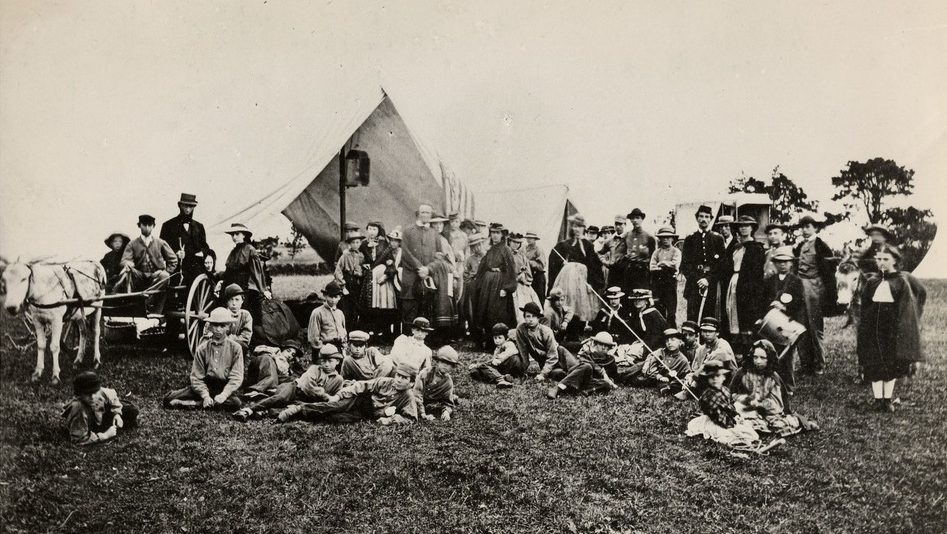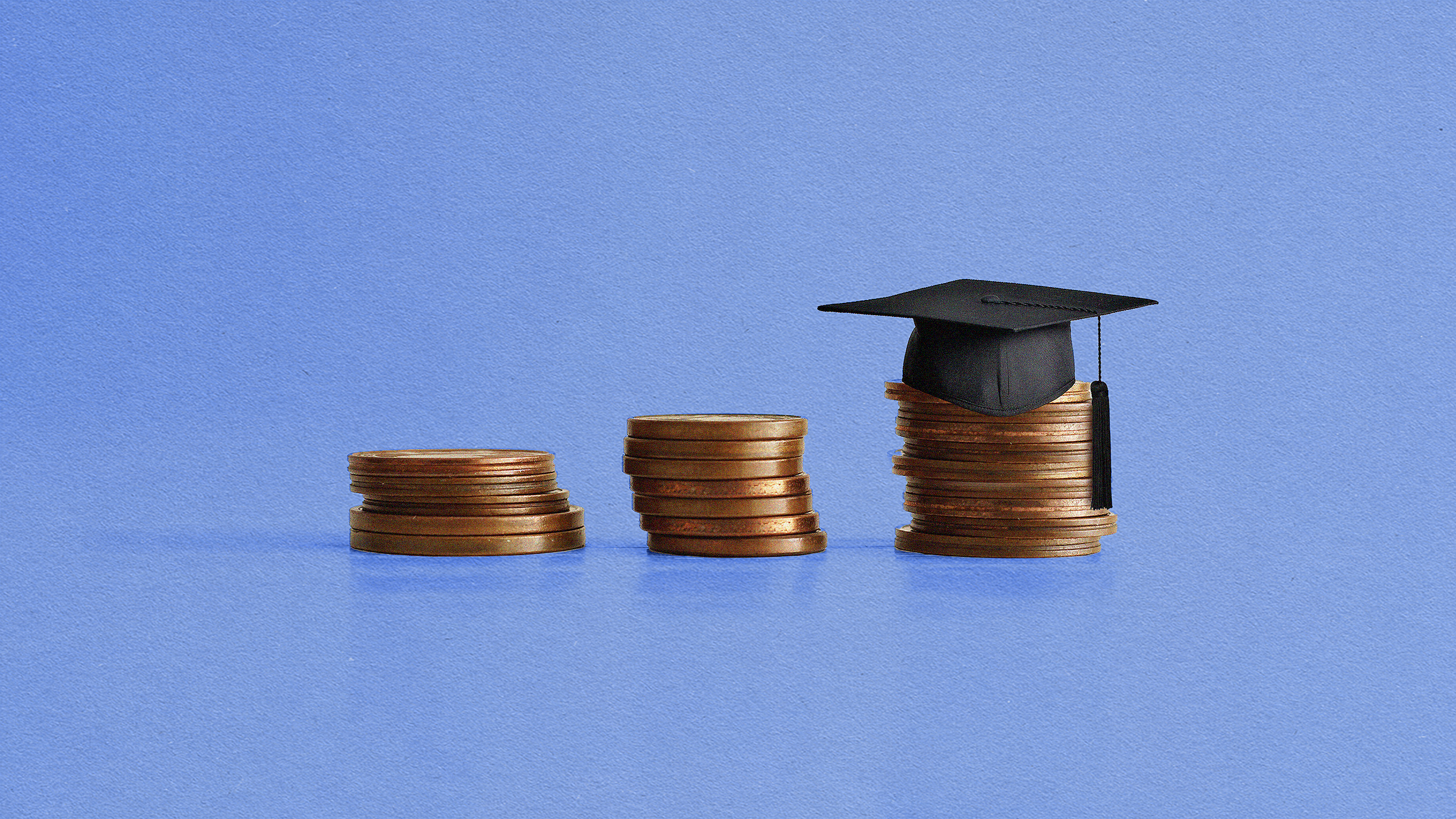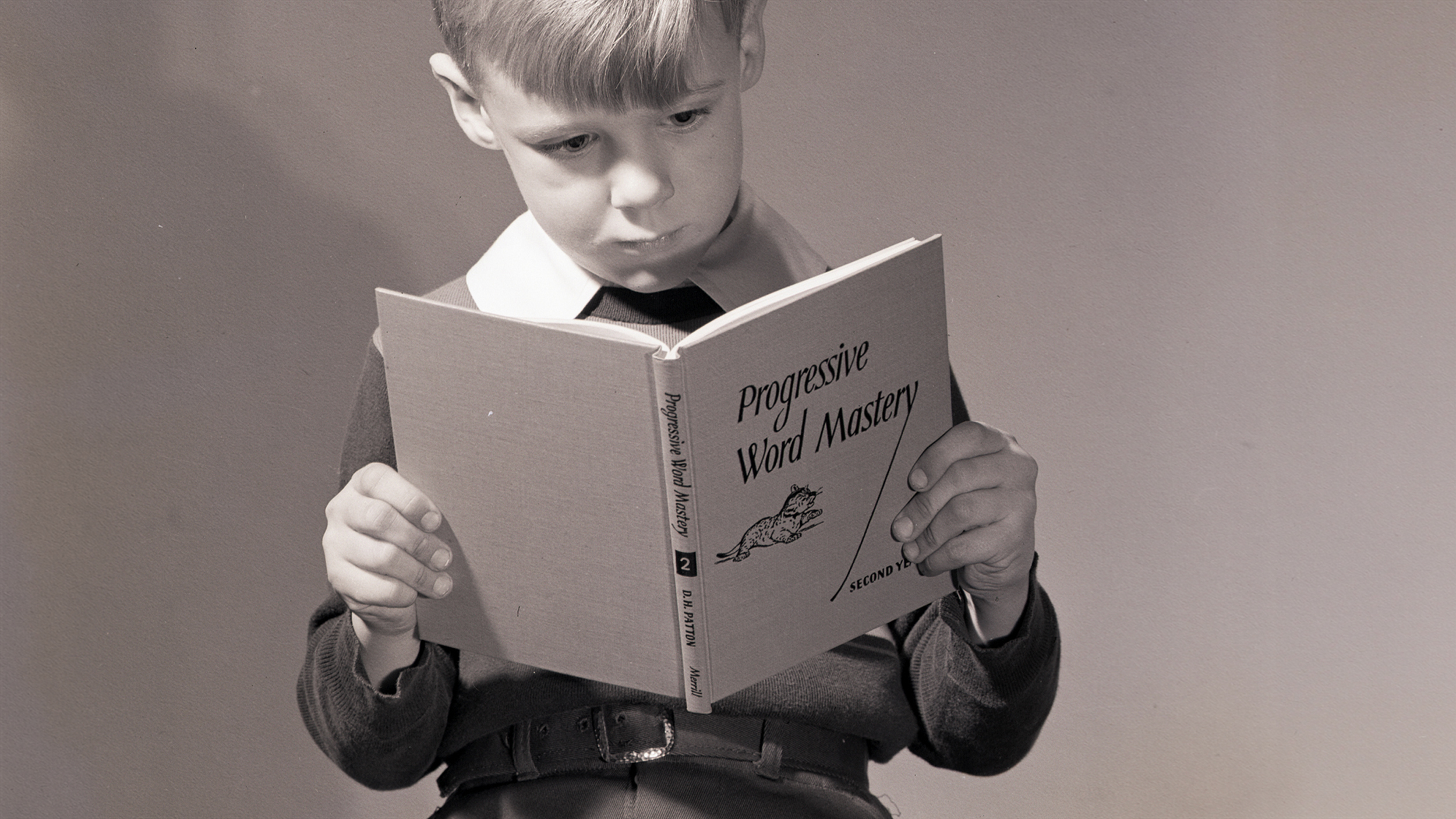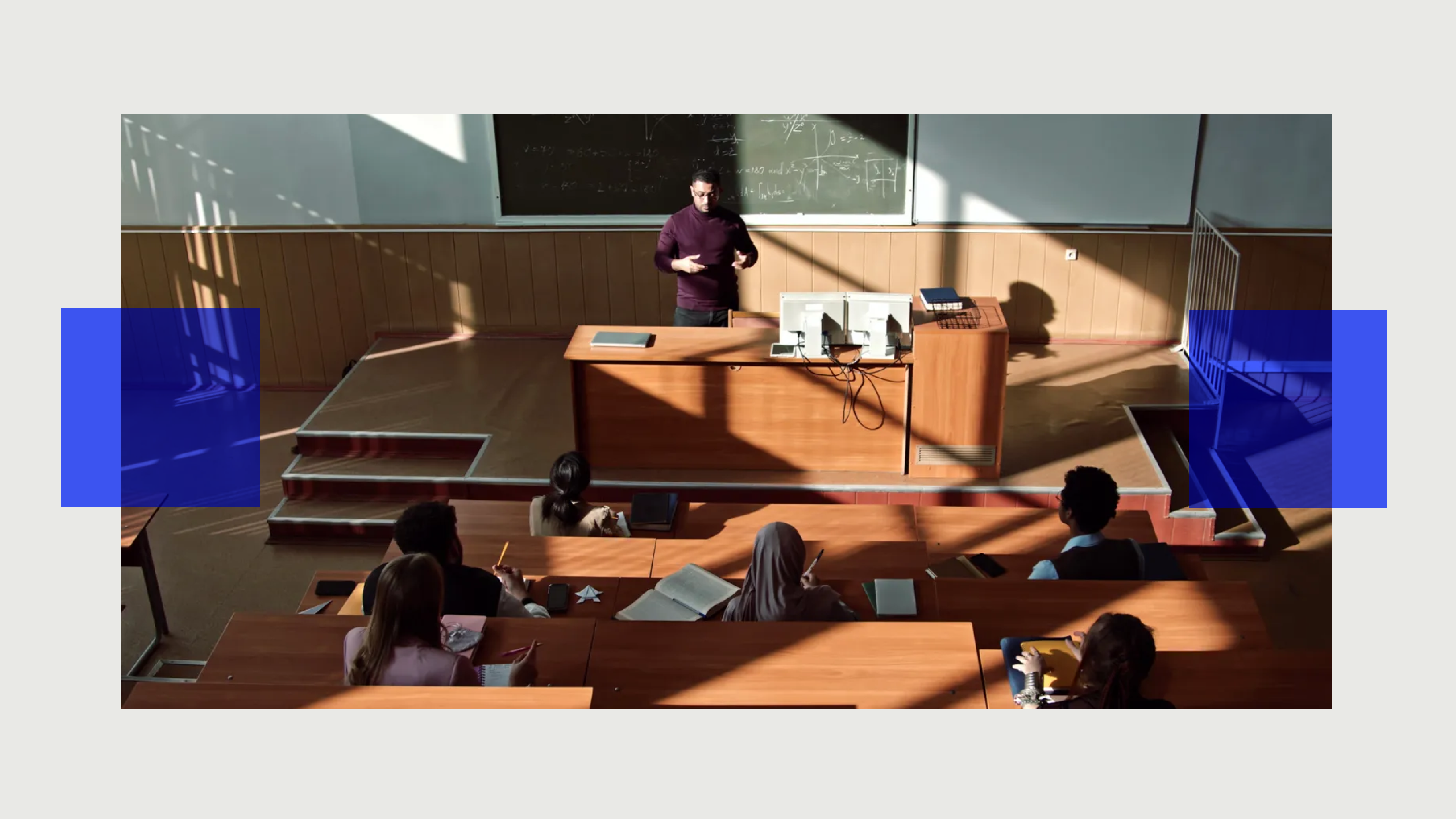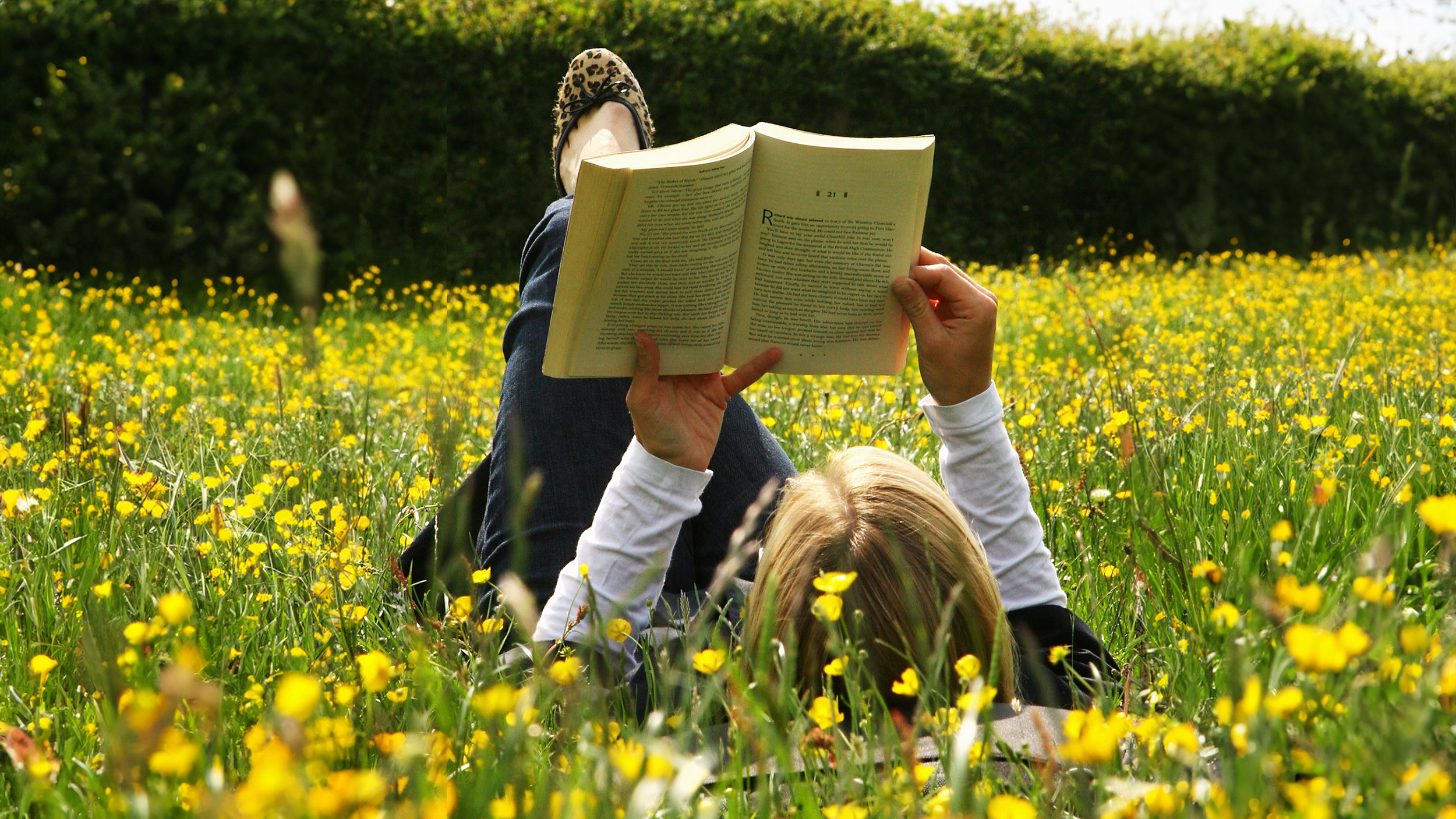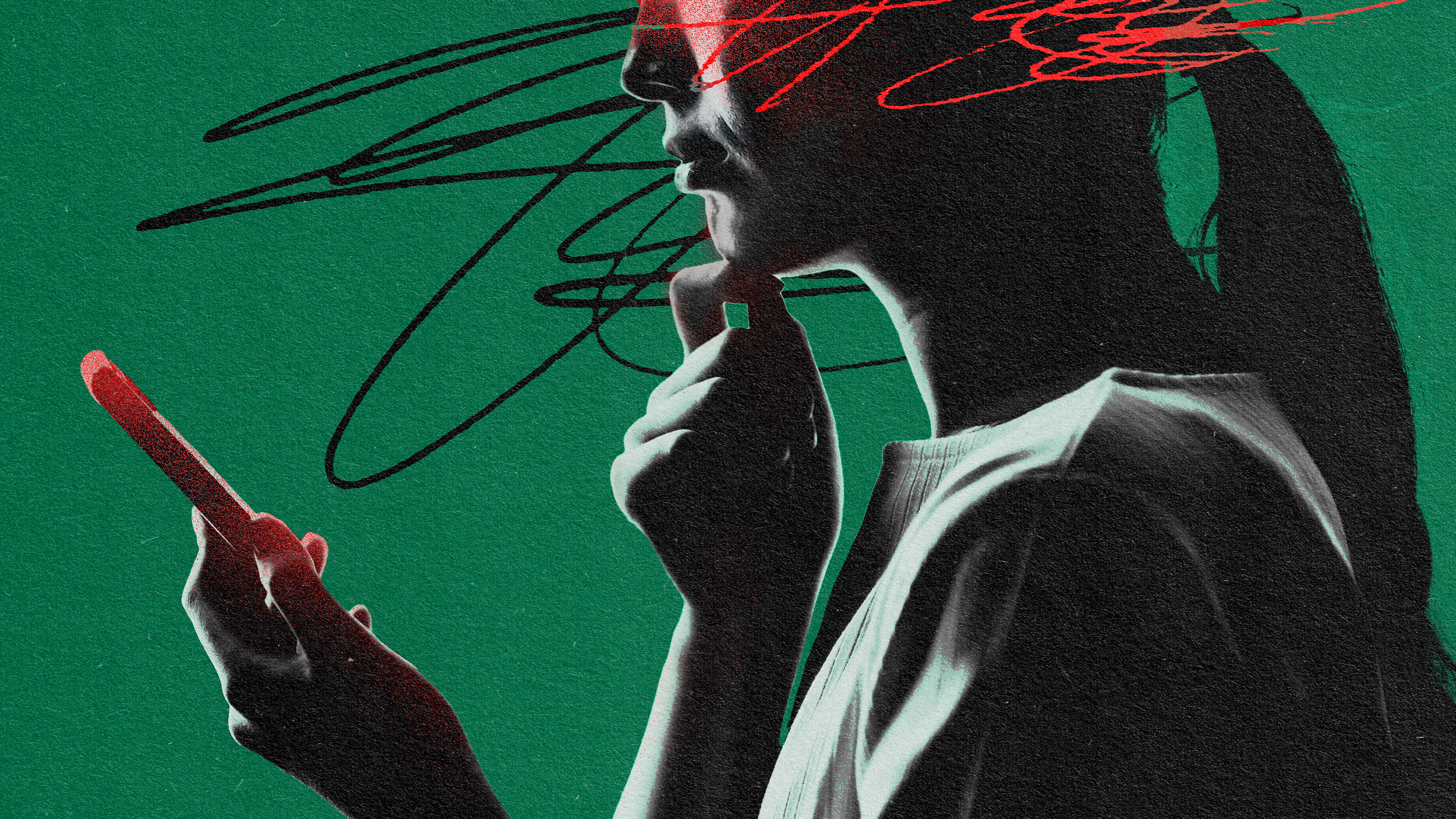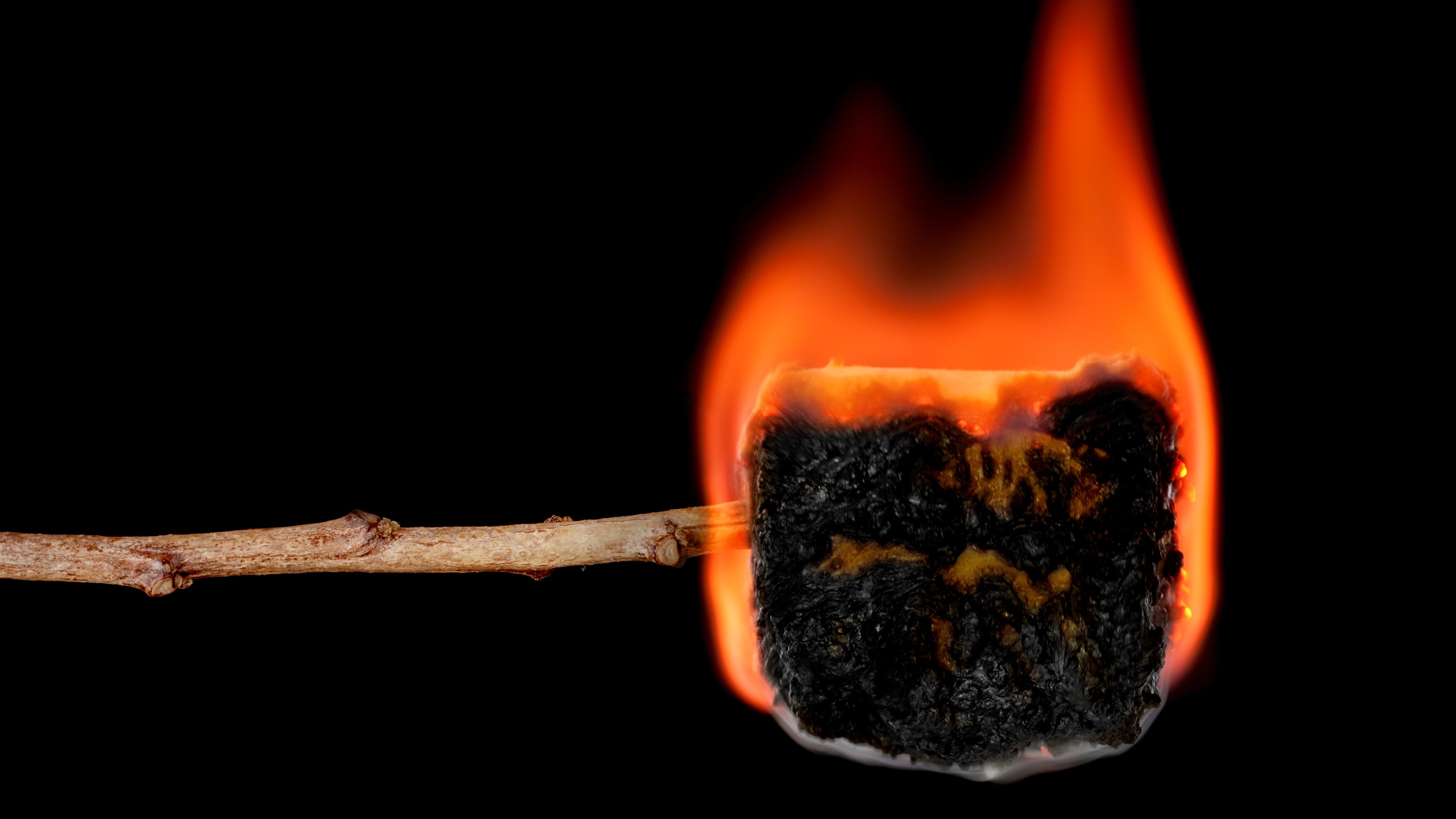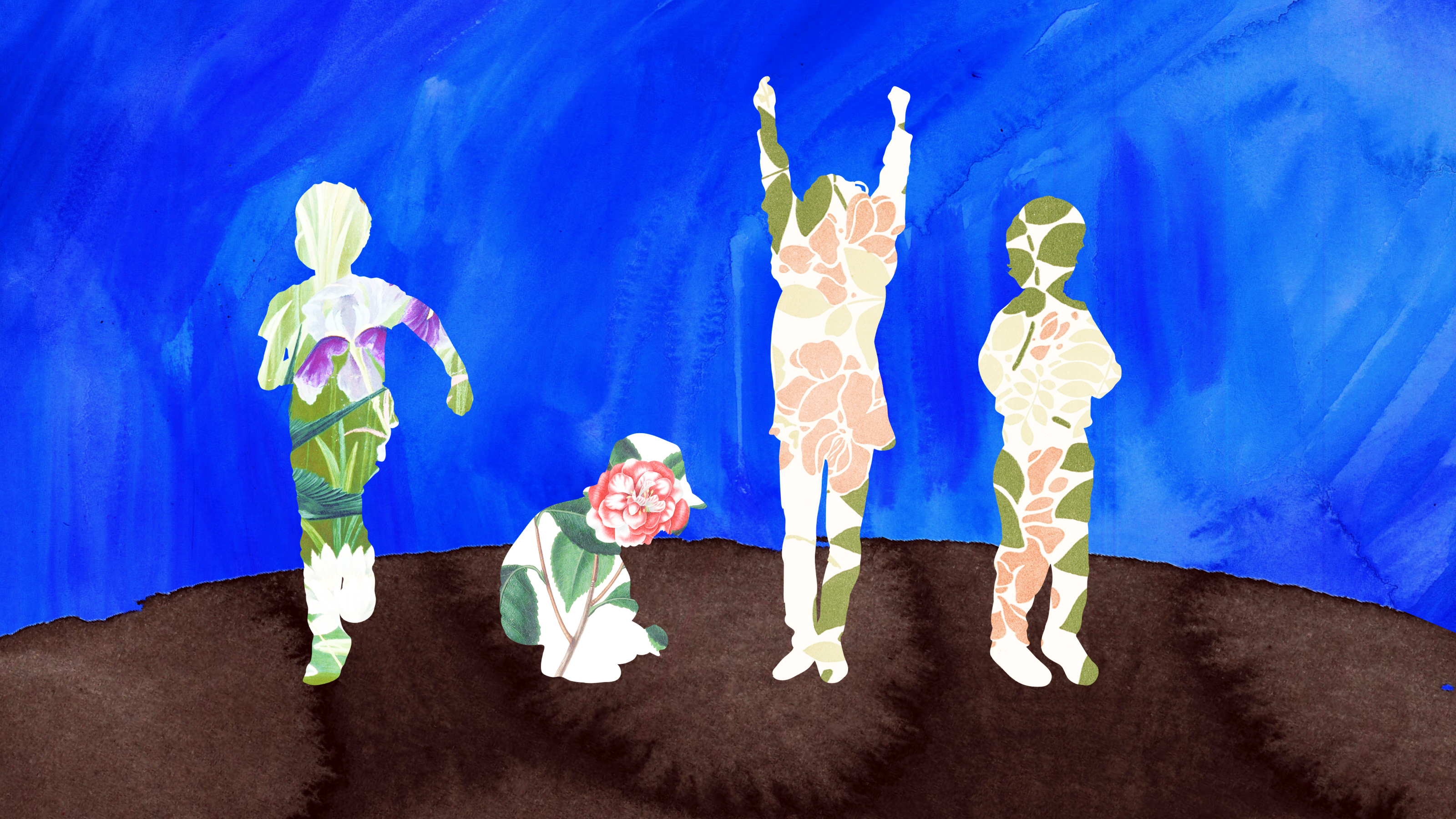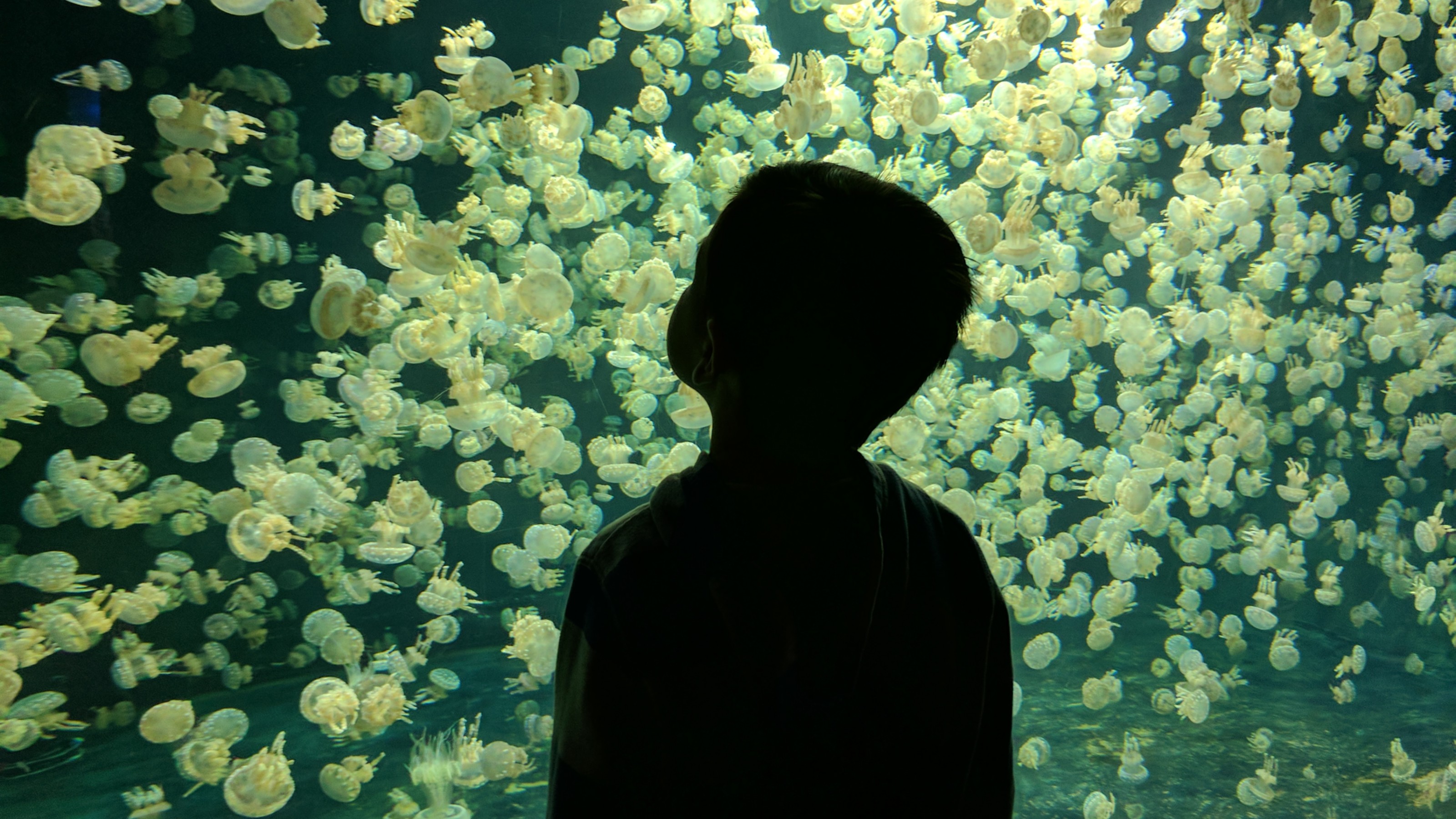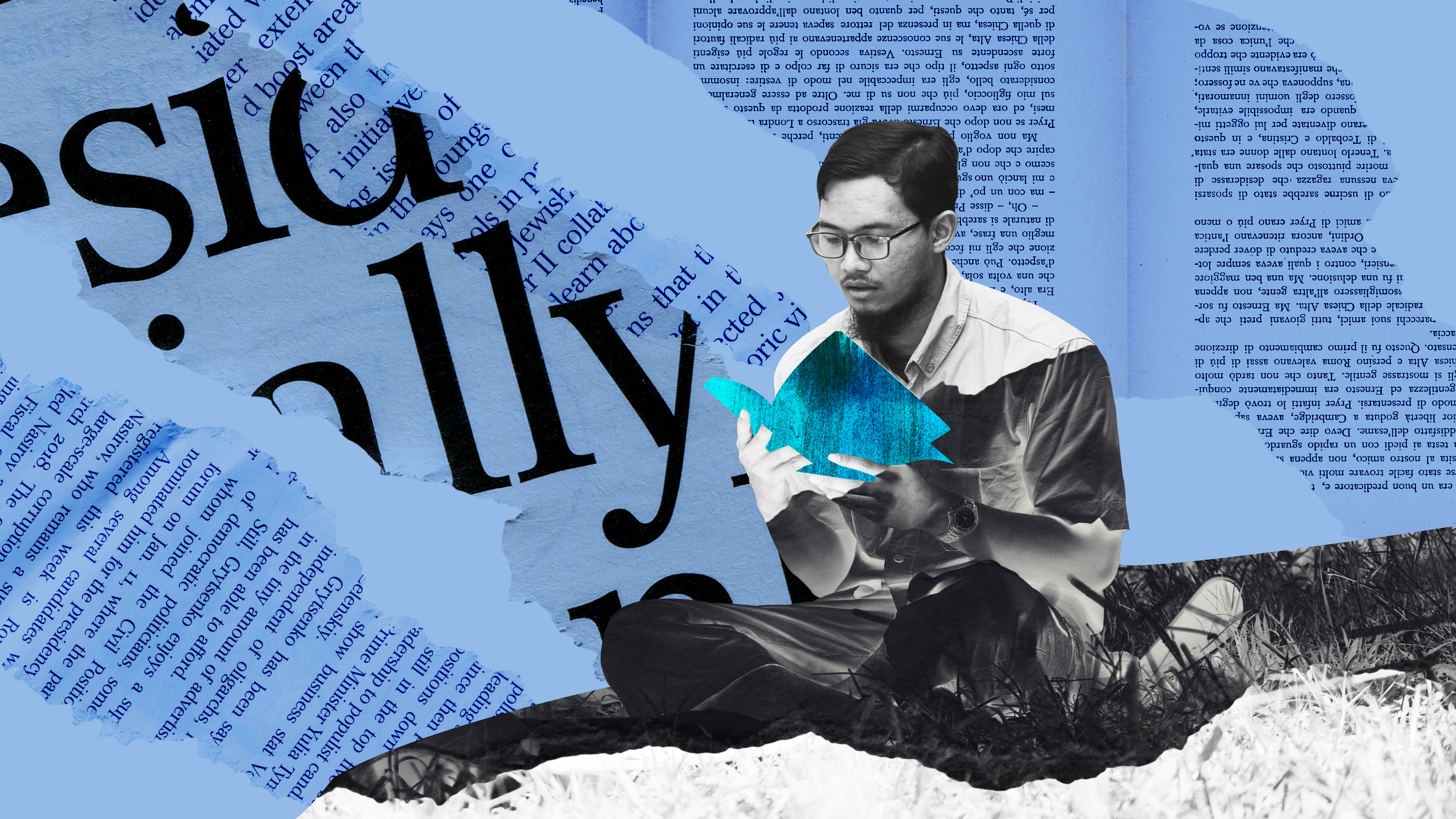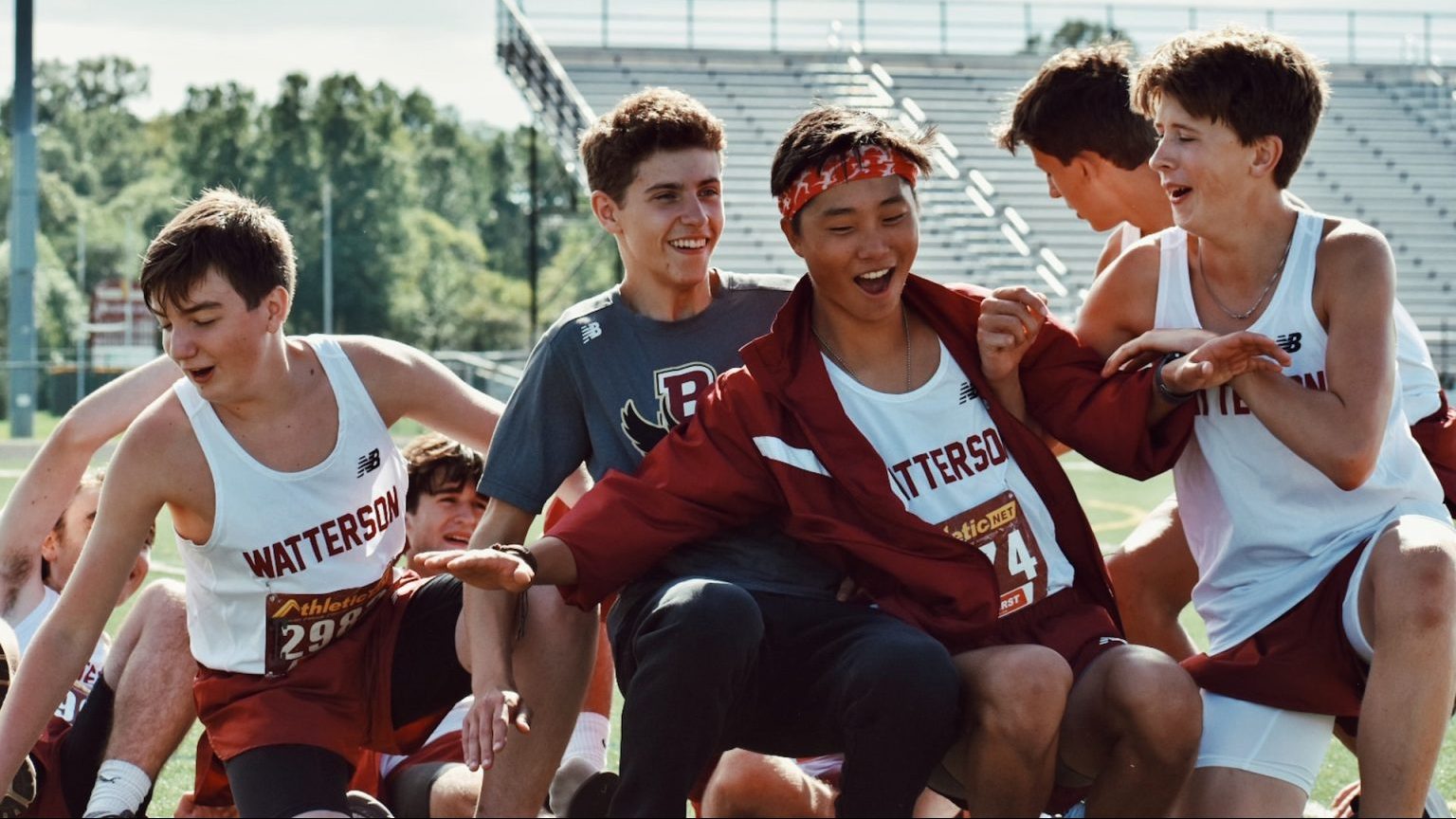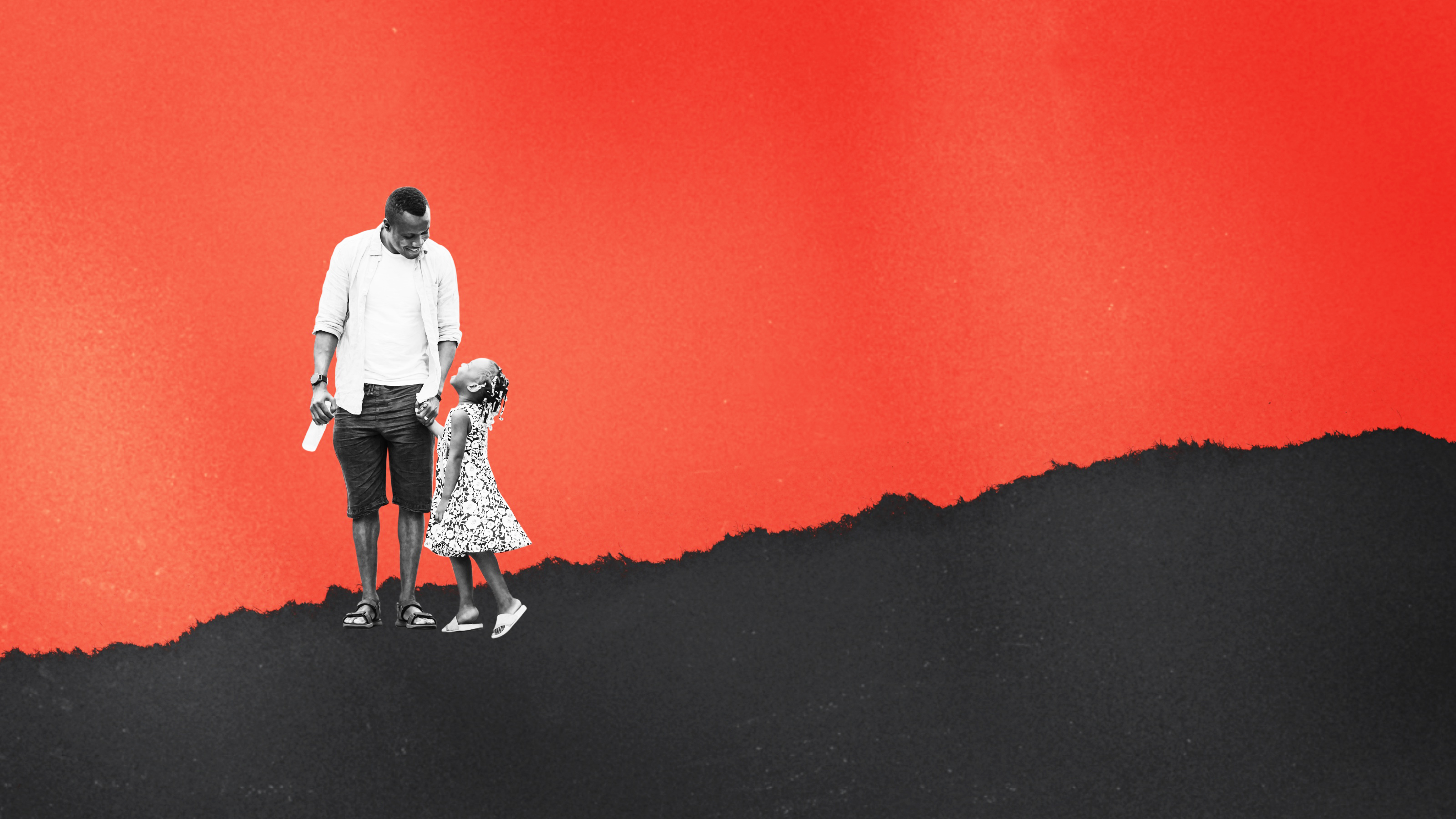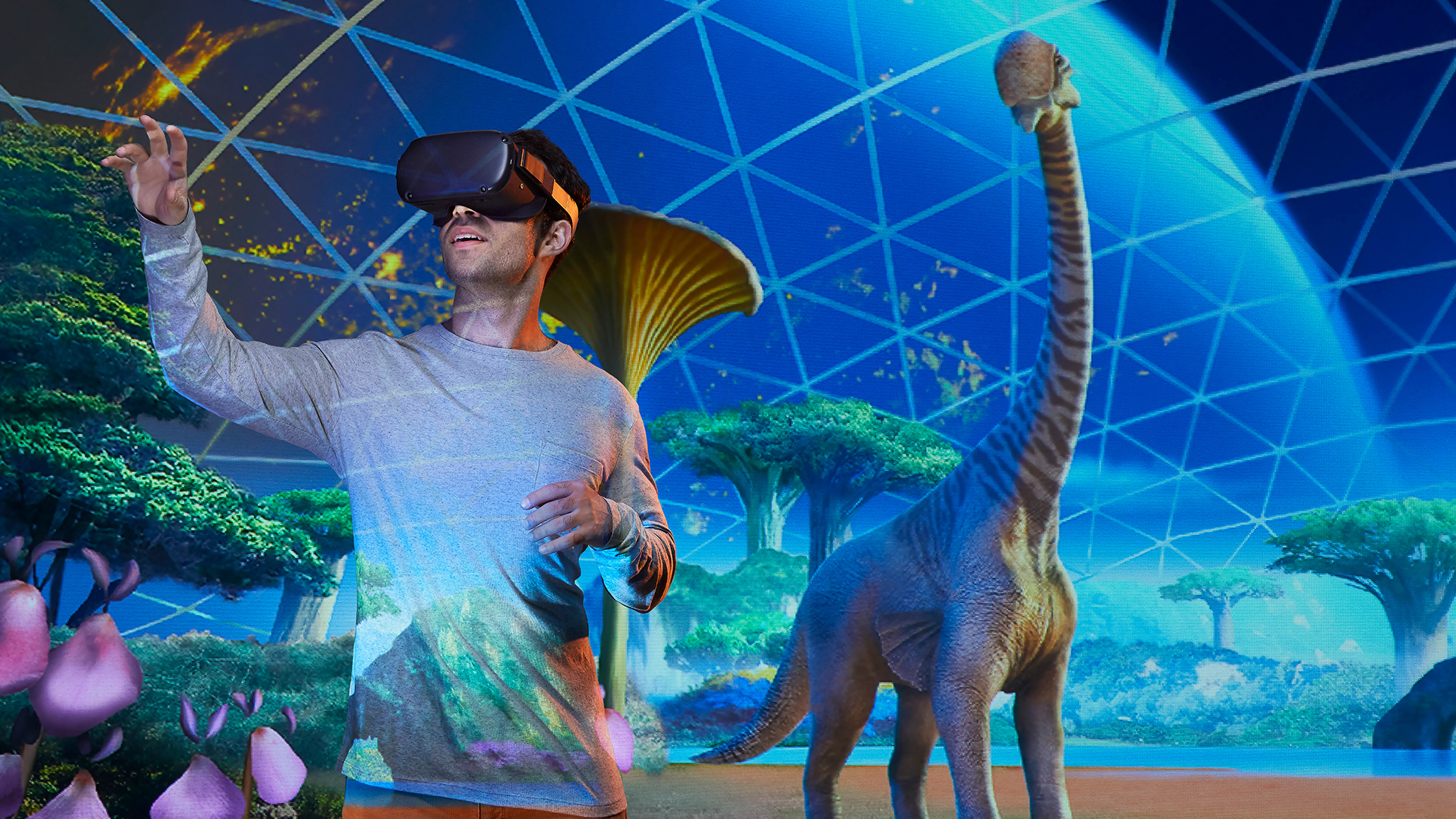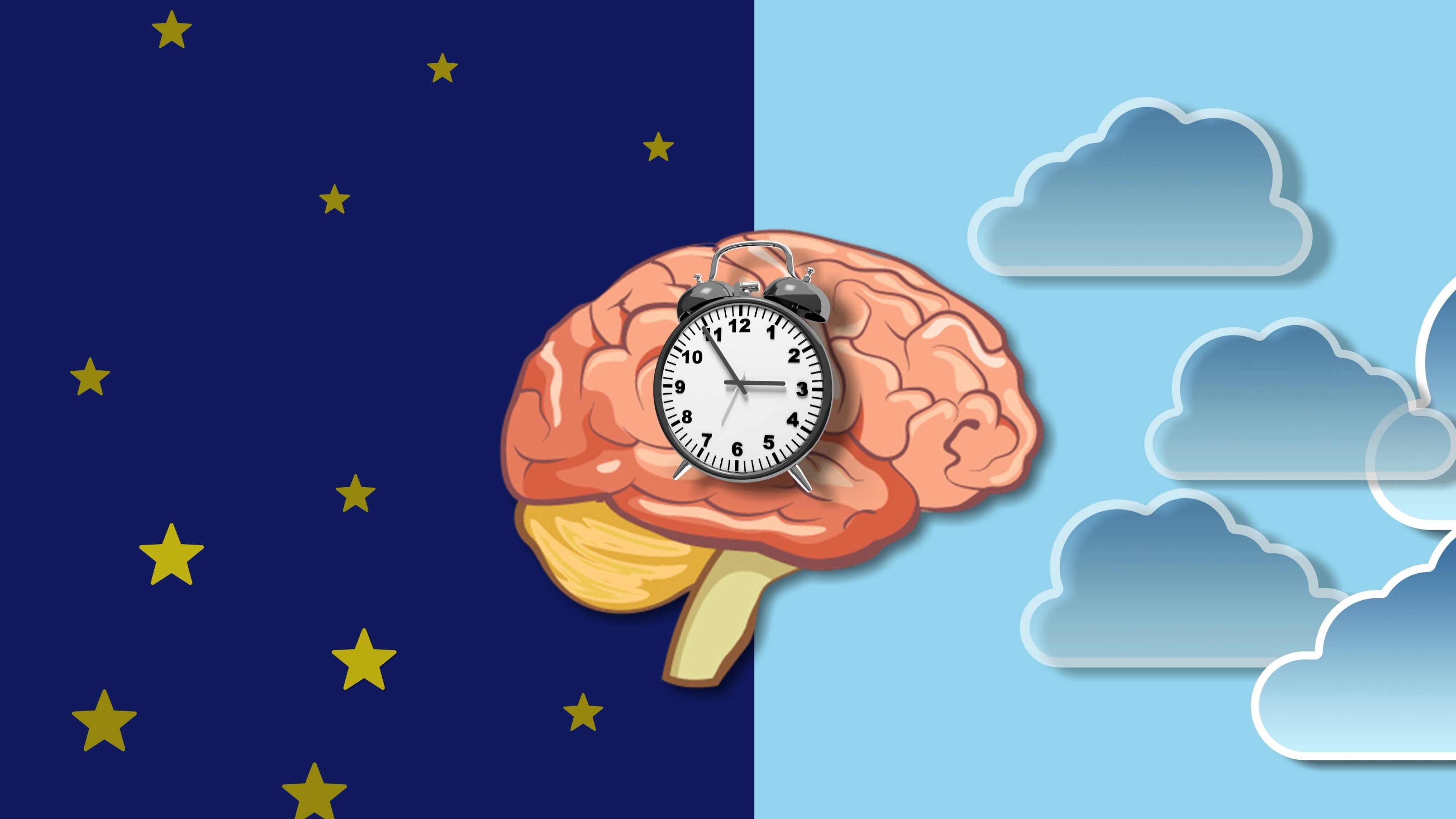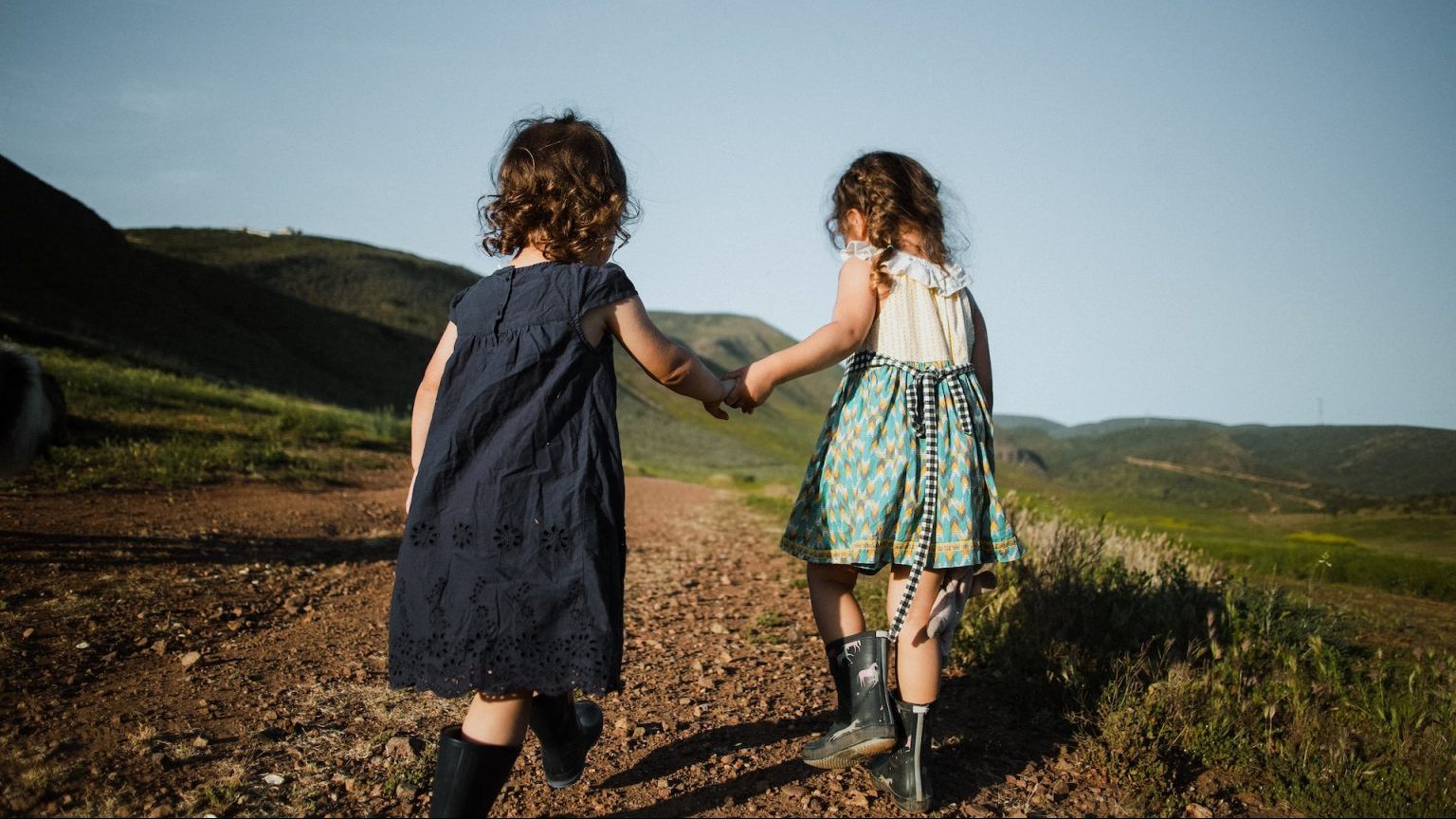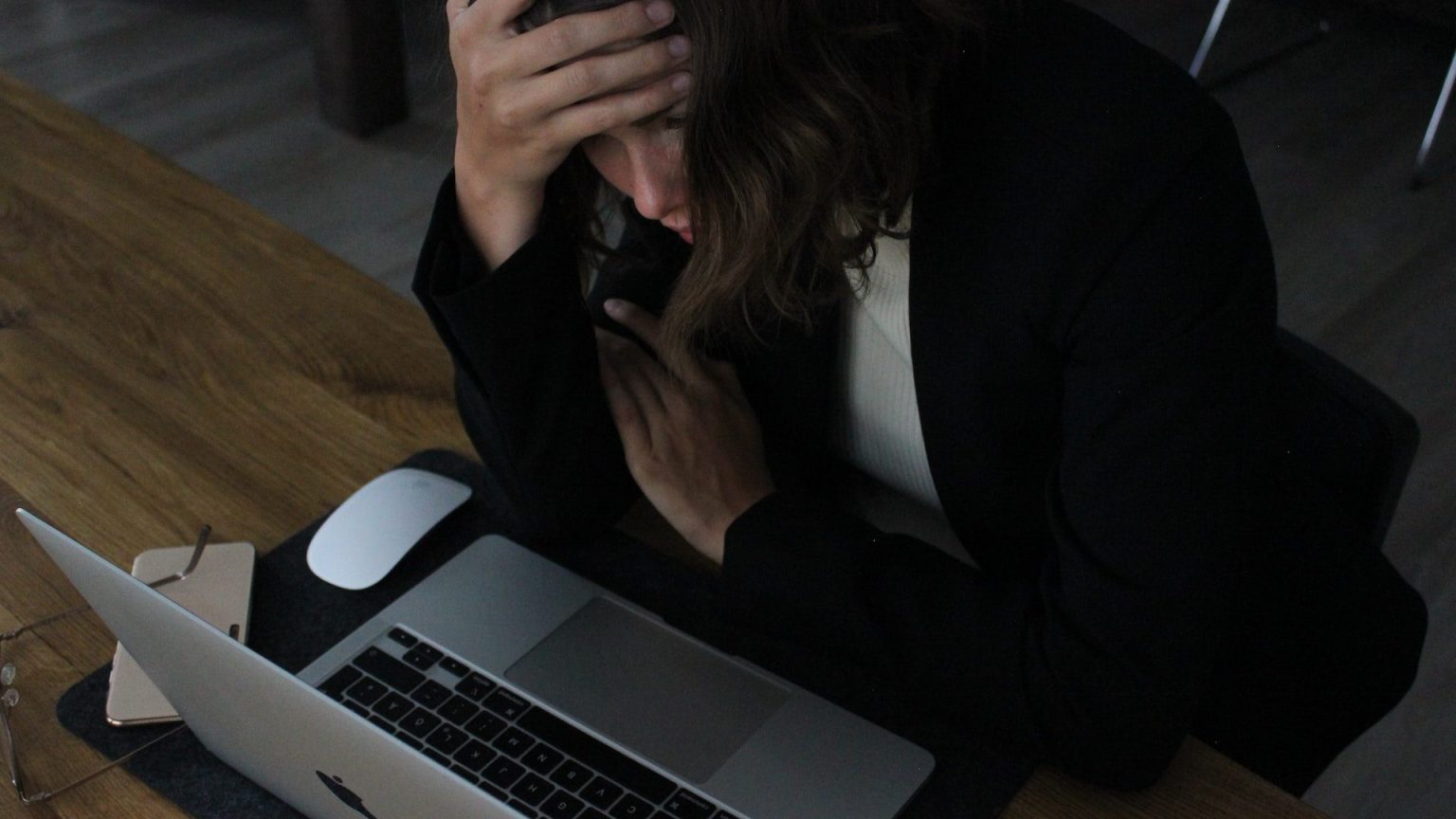education
Confronting your “absolute stupidity” is a sign you’re on course to learning something new and wonderful.
A survey of more than 6,000 of the world’s richest, most influential people shows that 9% of them attended Harvard University.
The annual rite of passage has always been more about the ambivalence of adults than the amusement of children.
A college education currently provides roughly a 10% rate of return, beating the long-term performance of equities.
The National Defense Education Act of 1958 meshed with white anxiety about the desegregation of schools.
There are many problems with relying on SAT and ACT scores for college admissions. But removing them entirely creates less opportunity.
From Hogwarts to hashtags, kids’ reading habits have changed drastically in recent decades — but data suggests cause for hope.
Once students master the basics of math, they are allowed to use calculators. The same should be true of writing and ChatGPT.
Scientific evidence does not support the use of trigger warnings, which are described as a “disingenuous gesture of trauma awareness.”
Studies on “growth mindset” interventions fail to show significant benefits.
The replication crisis has debunked many of psychology’s fair-haired hypotheses, but for the marshmallow test, things have only become more interesting.
Intelligence is not fixed but fluid. A growth mindset allows our brains to flourish while lowering our stress levels.
Despite a reputation for catastrophe and cat killings, curiosity is a beneficial drive that improves our lives and well-being.
Reading classic books can inform you as much about the present as the past.
Adolescents’ brains are highly capable, if inconsistent, during this critical age of exploration and development. They are also acutely tuned into rewards.
Like sneaking veggies into dessert, these board games teach STEM, strategy, and executive functions through the joys of play.
The curiosity of children is a national resource. Adults destroy it.
A thesaurus isn’t to find big and fancy words, but a resource to help you find your rhythm.
This year marks 2,000 years since the birth of the Roman author of the first natural encyclopedia.
Kids are fragile. They should trust their feelings. The world is a battle between good and evil. We should stop repeating these untruths.
Imagine going on a tour through the human circulatory system as a tiny cell. That is just one example of education in the metaverse.
The right questions are those sparked from the joy of discovery.
Computerized, job-focused learning undercuts the true value of higher education. Liberal arts should be our model for the future.
For college students, it’s the early afternoon.
The insanity of the academic job market laid out in numbers.
A group of prominent scientists shares how research has changed them.
Population growth is driven by three changes: Fertility, mortality, and migration.
Negative feedback ignites the primal (“fight or flight”) and emotional (“do they hate me?”) parts of our brain first.
Books that were rarely taught in 1963, when baby boomers were students, became classics when those same boomers were teachers and parents.


